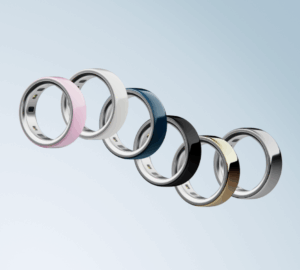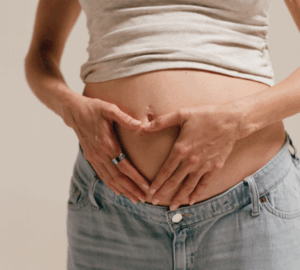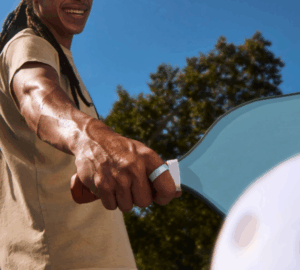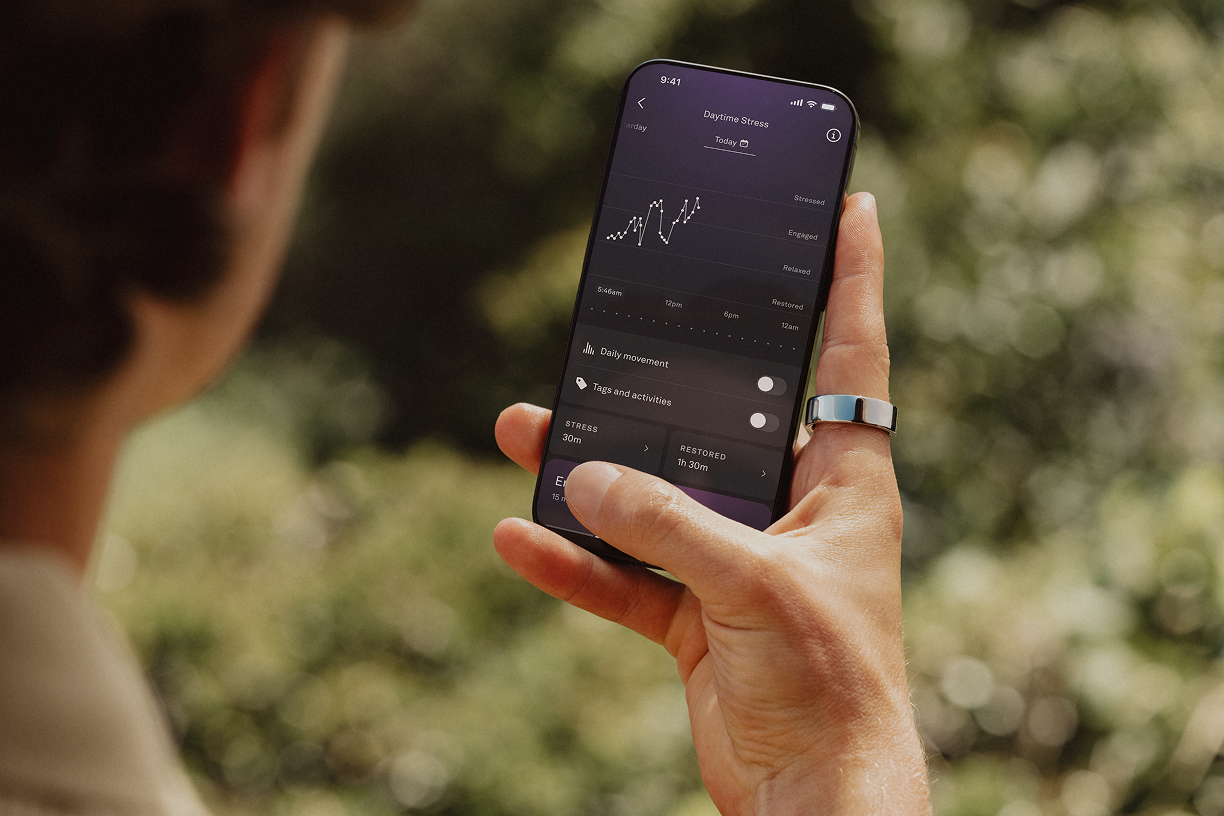Daytime Stress is a feature that empowers Oura members to learn more about two important areas of their health: stress and resilience.
Using this feature, Oura members can track, understand, and better manage their physiological stress. As Tuomas Romppainen, Senior Product Manager at Oura, who led development of the Stress feature, says: “We wanted to rebrand stress and help members see stress as a resource rather than something to avoid at all costs. Members will now have a more holistic picture of their overall wellbeing, and we have a new sensing capability for us to build upon in the future.”
READ MORE: Inside the Ring: Understanding Oura’s New Daytime Stress Feature
The State of Stress
“Stressed-out” has become our state of mind. According to Gallup, 40% of people around the world say they experienced “a lot of stress” the day before. In the United States, 76% of adults report health impacts due to stress, with more than a quarter saying they are so stressed they cannot function.
Stress isn’t just in your head — it can also affect your physical health. Chronic stress is linked to conditions such as heart disease, obesity and metabolic syndrome, type 2 diabetes, and arthritis. It can also lead to other mental health conditions such as depression and anxiety.
Perhaps unsurprisingly, stress can also interfere with your ability to fall asleep, stay asleep, and experience restorative deep sleep. It also disrupts the normal progression of sleep stages, particularly REM sleep.
READ MORE: How Stress Affects Your Sleep
The Upside of Stress
That being said, not all stress is bad. Research shows that a type of stress known as hormetic stress can improve and enhance your health and resilience in the long run. Examples of hormetic stress can include exercise, intermittent fasting, exposure to cold or heat, and even small challenges like a crossword puzzle or mind game.
Plus, some fun and relaxing activities can also be perceived as stressful by your body, and show up in your Oura App as periods of stress — think: a sauna session, a competitive game of pickleball, or even a dinner party with friends.
LEARN MORE: Reframing Stress: The Difference Between “Bad” and “Good” Stress
A New Way to Think About Stress
The Daytime Stress feature creates a new framework for you to think about stress. When understood and managed well, stress can in fact be an engine for personal growth — such as productivity, creativity, and resilience.
By giving you more insights into your daily stress responses, you can learn what affects you and how to balance stressful moments with moments to relax and recover.
As Mari Karsikas, PhD, Head of Product Science, at Oura, describes the Daytime Stress feature:
“Our vision is that our members are able to understand their physiological stress and recovery reactions, identify stress-causing and recovery actions in their life, and find a balance between stress and recovery. Members will learn to recognize how a meeting, dinner, sports, drinking alcohol, and other life moments affect their body. It’s like the parable of the frog in boiling water: We hope this tool allows members to learn when the water is becoming too warm and then react in time.”
What Does Daytime Stress Measure?
Stress can show up in various ways in your biometrics on the Oura App. As Karsikas says:
“Previously, we have been able to measure stress through nighttime heart rate variability (HRV). Now we have a new ability to measure near-real-time stress and recovery using daytime HRV, heart rate, temperature trends, and accelerometer data to power the Daytime Stress feature and provide ongoing insights.”
How might stress appear in your biometrics? A lower-than-usual HRV, for instance, can indicate that your sympathetic nervous system is overworked. Stress might also show up as a faster resting heart rate and higher respiratory rate, indicating a rapid heartbeat and fast, shallow breathing — both of which are features of a stress response.
Additionally, when exposed to stress, your peripheral body temperature (measured at the base of your fingers), can dip. This is because the blood vessels in your hands and fingers can constrict and reduce blood flow.
Find more details into how Oura’s Daytime Stress feature measures your biometric responses to stress here.
What You’ll See in the Oura App
Within the Oura App, stress will be categorized into one of four zones in the new feature.
- Stressed: Your body is experiencing signs of stress. It’s common and normal, but it also serves as a sign to seek Restorative Time.
- Engaged: Your body is showing some elevated signs of stress, but it can potentially be good for productivity or performance.
- Relaxed: Your body has moved from a state of stress into one of mild recovery.
- Restored: Your body is recharging in a state of pure calm.
LEARN MORE IN THE SUPPORT CENTER: What Is Daytime Stress?
New in October 2024: Contextual Stress
As of October 2024, members can view additional information about their daytime stress levels when tapping on the homecard. This view includes two toggles: one for “Daily movement” and one for “Tags and activities.” Toggling these will create an overlay on the daily stress graph that can help provide additional context about the relationship between activity and stress.
The daily movement graph is identical to the movement graph on the Activity screen. Daytime Stress analysis is not available during physical activity as physiological stress and recovery states can only be measured during no or low movement periods.
Tags and activities are marked on the graph’s timeline. Tap on a tag to highlight it on the graph. You can also add a tag directly from the Daytime Stress screen.
Below the insight message are totals for your day’s Stressed and Restored times. Tapping on either will take you to that metric’s graph in Trends.
About the Oura Experts
Mari Karsikas, PhD, is the Head of Product Science at Oura. She has more than 20 years of experience in research and product development based on patient and health data of hospitals and health technology companies. She has a Doctor of Technology degree focused on intelligent systems and biosignal processing. In her free time, she loves kite skiing and arctic adventures in the northern Finland where she lives.
Tuomas Romppainen is a Senior Product Manager in Oura’s wellbeing squad, responsible for developing core wellbeing features at Oura. Holding degrees in both exercise physiology and medical engineering, Tuomas possesses a comprehensive grasp of the fundamental principles essential for crafting award-winning wearable products. He has vast experience from the wearable industry having worked with dozens of different wearable products and features for more than a decade. Tuomas’ passion is building meaningful and genuinely useful products that empower individuals on their journey to improved health.











